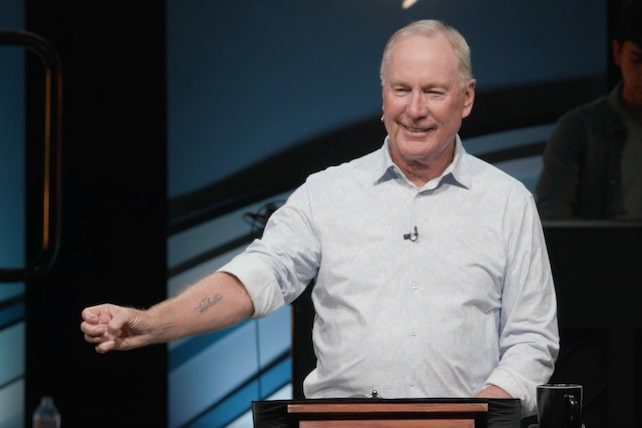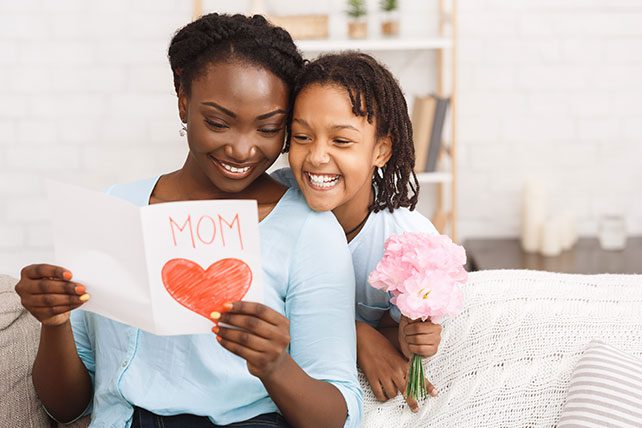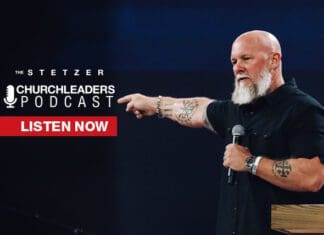On Thursday, April 10, Christian podcaster, author, and speaker, Danielle Strickland, published the statement of a survivor who is claiming she was groomed and sexually abused by Orange’s founder and former chief creative officer, Reggie Joiner.
Joiner, 64, made headlines on April 17, 2024, after Orange announced that he “voluntarily resigned” after admitting to “past inappropriate adult relationships.” One of those relationships was with then-CEO Kristen Ivy, who also resigned. Shortly thereafter, Ivy claimed she that she was a victim of “clergy sexual abuse.”
The ReThink Group Releases Statement
Orange, which provides Christian curriculum and conferences, used to be part of The ReThink Group but, as of January, is now part of the Amazing Life Foundation. Following the resignations, Orange was encouraged to conduct “a clear and comprehensive investigation” into the accusations that Ivy and others had levied against its founder. Orange currently has the following update posted on its website:
We deeply respect the courage it takes for people to publicly share their experiences, as some have done. We do not take these stories lightly. At no point has the ReThink Board minimized or dismissed anyone’s experience. Any perception that we have is deeply concerning to us and contrary to our intent. The ReThink Board remains committed to transparency, to listening, and ensuring that anyone who wants to share their story has a chance to be heard. The third-party investigation is ongoing and we are committed to releasing its findings. We recognize that the pace of the investigation can be frustrating for many, but thoroughness is essential. If you have information which would be helpful to the investigation, please email the lead investigator directly at juan@ch-llp.com.
The survivor’s statement was published on Hagar’s Voice, a website Strickland launched following a clergy sexual abuse case in which she advocated for a victim who remained anonymous and was instead referred to as “Hagar.”
“I am one of multiple survivors of Reggie’s ‘past inappropriate adult relationships,’” the survivor who posted about Joiner on April 10 stated. “I was fifteen years old when Reggie began grooming me for a relationship, which later became sexualized when I was legally an adult.” She then, referring to the statement the ReThink board released announcing Joiner’s resignation, said that it “downplayed the reality of what occurred in my life and in the lives of the other survivors of Reggie’s abuse.”
“Reggie has admitted to past inappropriate adult relationships, which violated our company policy and eroded trust within our organization,” ReThink’s statement read.
The board’s “downplayed” statement prompted the survivor to meet with ReThink-retained counsel and board members so that she could tell her story. Two board members allegedly informed her that “the age difference between myself and Reggie (25 years) was not evidence of an abusive relationship (even though I was naming it as abuse). They also allegedly said that her “experience was not their concern, given that I was simply a contract worker for ReThink and not a full-time employee during the incidents described.”
The ReThink board members then reportedly proceeded to inform the survivor that “they did not need to revise their statement concerning Reggie because it was already clear about his misconduct.”
‘I’m Not Sharing My Experience Out of a Desire for Vengeance or Retribution,’ the Survivor Says
Addressing the reason why she waited to go public with her story until now, the survivor said that she has “come to realize it is very likely that the only people who are brave, strong, and selfless enough to name the truth for the sake of other survivors are the survivors themselves.” The survivor implied that ReThink has not only had enough time to tell the truth but has also failed to do so.















 #4 might be the most common (and one of the most dangerous) habits that lead to divorce on the list…
#4 might be the most common (and one of the most dangerous) habits that lead to divorce on the list…





 Witnessing a friend endure an emotionally painful situation can leave you feeling helpless, eager to offer support but uncertain about the best way to do so. Understanding how to help your friends metabolize their pain, process their
Witnessing a friend endure an emotionally painful situation can leave you feeling helpless, eager to offer support but uncertain about the best way to do so. Understanding how to help your friends metabolize their pain, process their 






